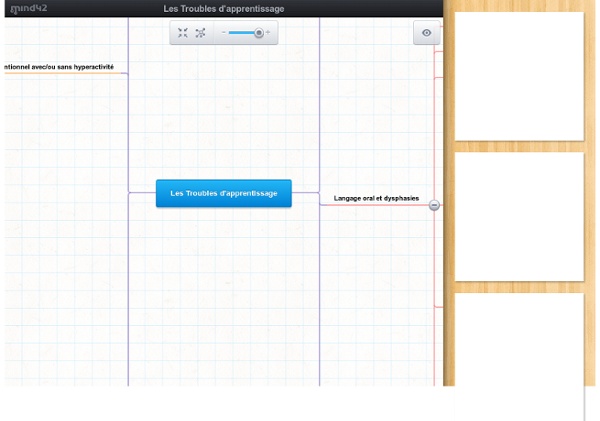



La pédagogie inversée (page précédente) La ZoneTIC du Cégep Lévis-Lauzon décrit la « pédagogie inversée » (ou classe renversée, flipteaching, reverse instruction) comme ceci : une stratégie d’enseignement où la partie magistrale du cours est donnée à faire en devoir à la maison, alors que les traditionnels devoirs (travaux, problèmes et autres activités) sont réalisés en classe. Quel est l’intérêt? Dans cette philosophie, les technologies sont omniprésentes. Jonathan Bergmann et Aaron Sams enseignent la chimie à l’école secondaire de Woodland Park au Colorado. Cette pédagogie laisse de côté les points d’évaluation du style « l’élève se comporte-t-il bien en classe? Au Canada, une classe de l’Okanagan Mission Secondary School, en Colombie-Britannique, pratique la pédagogie inversée. Pour lire la suite À propos de l'auteur Audrey Miller Pour suivre l'auteur :
8 Crucial Resources For Flipped Classrooms Have you “flipped” yet? My colleagues have this week; it’s PSSA week in Pennsylvania (PSSAs are standardized tests.). That’s not the flipped I meant, however. YouTube This might be the most popular tool teachers have used for flipped instruction. You don’t have to establish a class list to allow for student discussion. Other services, such as those that approximate a LMS, require a lot of preparation before a teacher can use it. You can edit the video online (somewhat). Evernote Tutorial as a Cartoon Trim and stabilize Swap audio tracks Change the look of the video (for instance, make it look like a cartoon) Add annotations Add captions Download the new version of the video for offline use It’s easy to share with colleagues, friends, and professional development organizations. I would assume that teachers might want to share their videos with other teachers or use them when they present at professional development conferences. Edmodo, Moodle, and Schoology Edmodo Schoology iPad Apps
Mobile Learning and the Inverted Classroom (#EDUSprint) :: Agile Learning Number four on my list of five types of mobile learning is the use of mobile devices (smart phones, tablets, and such) as platforms for delivery course content. Frankly, I find that educational technology people often focus too much on this type of mobile learning, and I’ve argued that mobile learning involves much more than just content delivery. So as I continue my #EDUSprint blog series on mobile learning, I’m hesitant to give too much attention to “mobile learning type 4.” I first heard about what some call the inverted classroom from Harvard physics professor Eric Mazur. Mazur’s approach made a lot of sense to me, and I’ve been using it in my math courses for years now. Here are two examples of mobile-friendly inverted classrooms: Robert Talbert, soon to be teaching math at Grand Valley State University, has used the inverted classroom approach for his linear algebra course. See Robert’s YouTube channel for more screencasts. Interested in more on the inverted classroom?
ideas & advice for Teaching Disciplines > Teaching Teaching is one of the world's most important jobs and a very rewarding profession. It is also very difficult and potentially hazardous, whether from the general stresses of the job, the potential for being falsely accused and even the threat of physical assault. These pages offer ideas and advice to teachers, trainers, lecturers and anyone who has to stand up in front of a group of students and attempt to impart knowledge and develop skills in them. Classroom management: Discipline for teaching. Learning Theory, Lesson Plans that Work Teaching links 25 Design Concepts That Have A Place In Your Classroom Good design is everywhere: on websites, in objects you use in your home, the car you drive every day. But often, design is missing from the modern classroom, and we think that’s a big mistake. Educators have a lot to learn from the principles of design, bringing strategic thought and creativity to today’s classrooms. Well-designed classrooms and educational plans can have a positive impact on educational outcomes, and it all starts with educators. Read on to find out about the 25 design principles that we think are important for educators to use and understand. UNITY In design, unity is all about bringing elements together, making sure that no one part is more important than the whole design. In design, interfaces exist in order to enable interaction between users, objects, and even themselves.